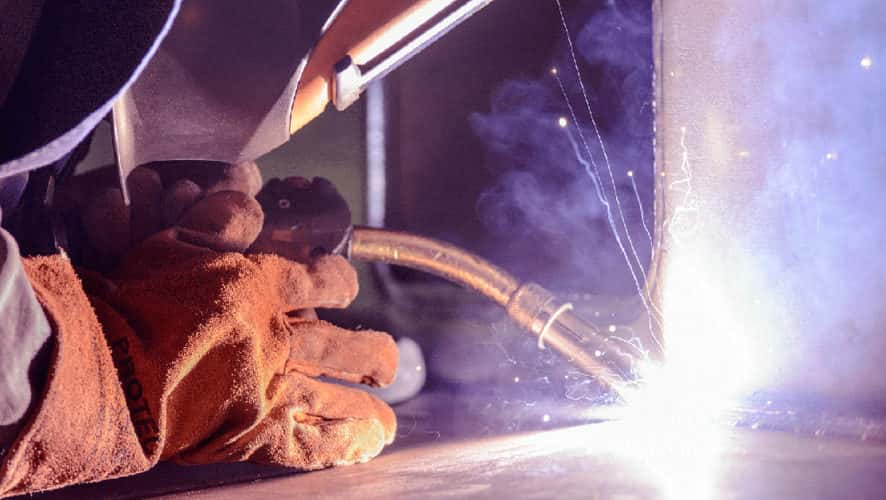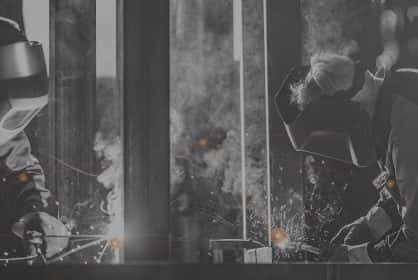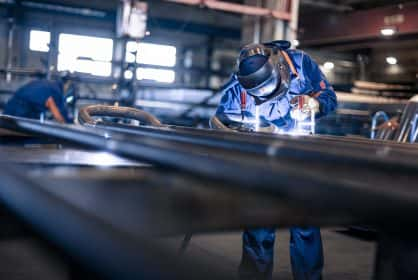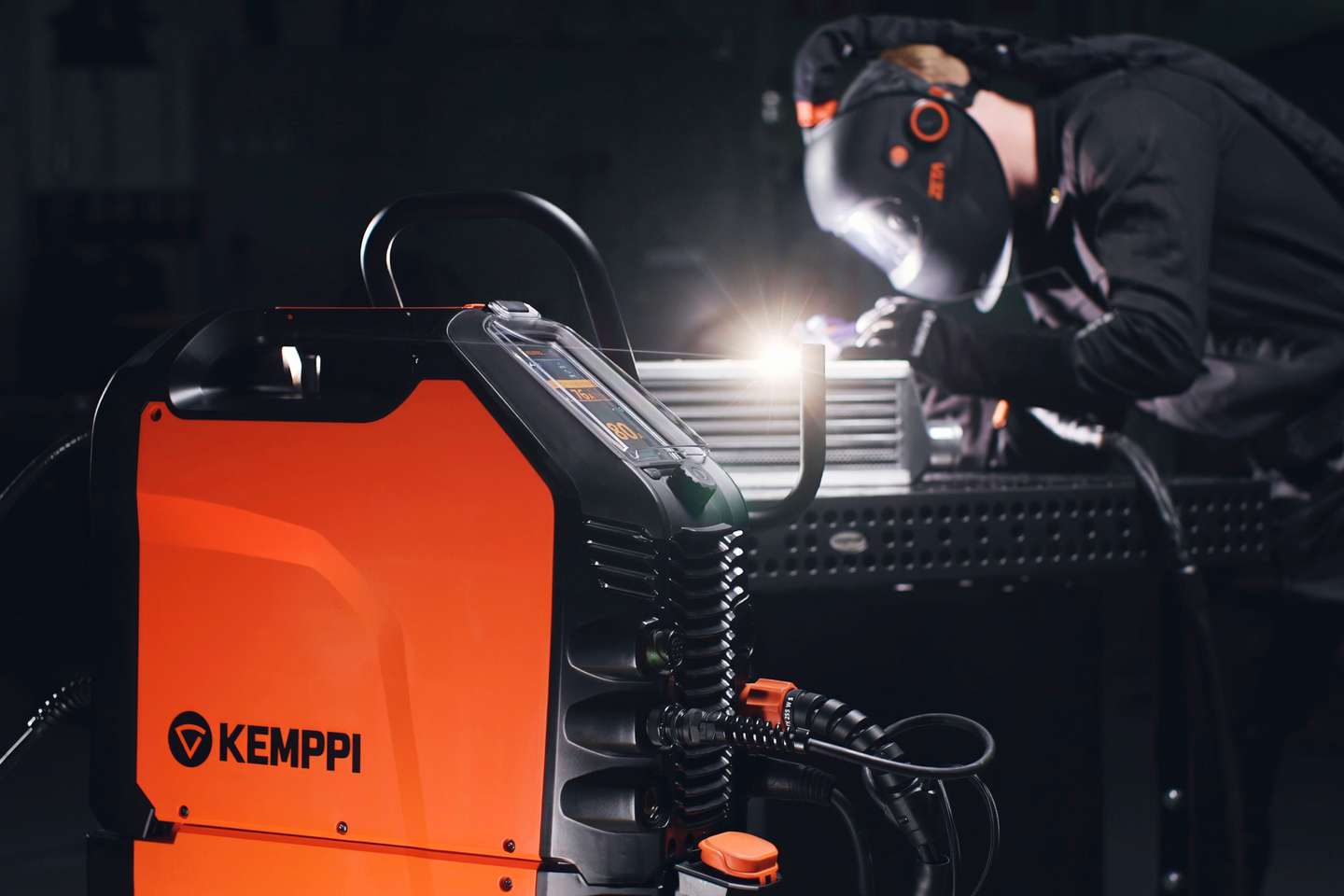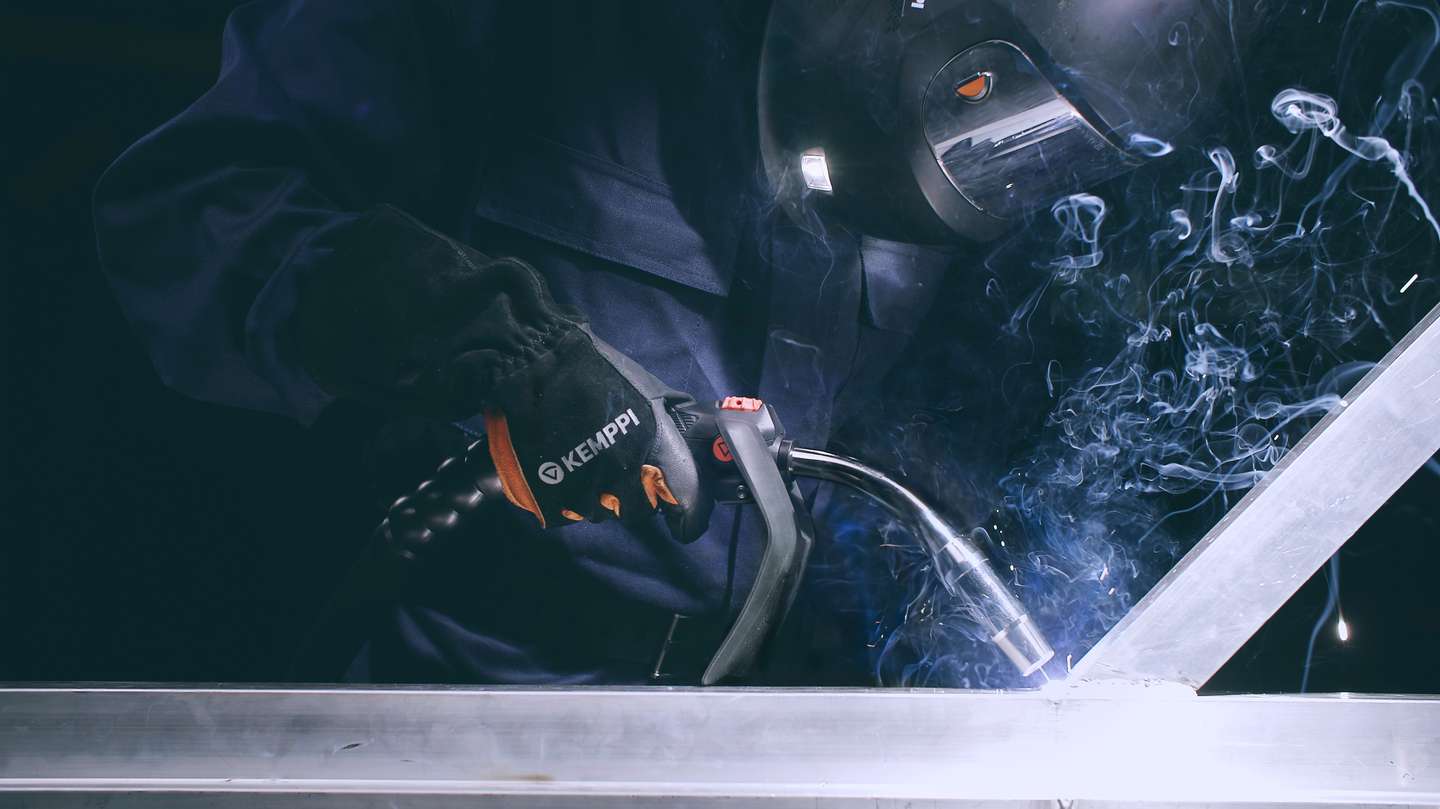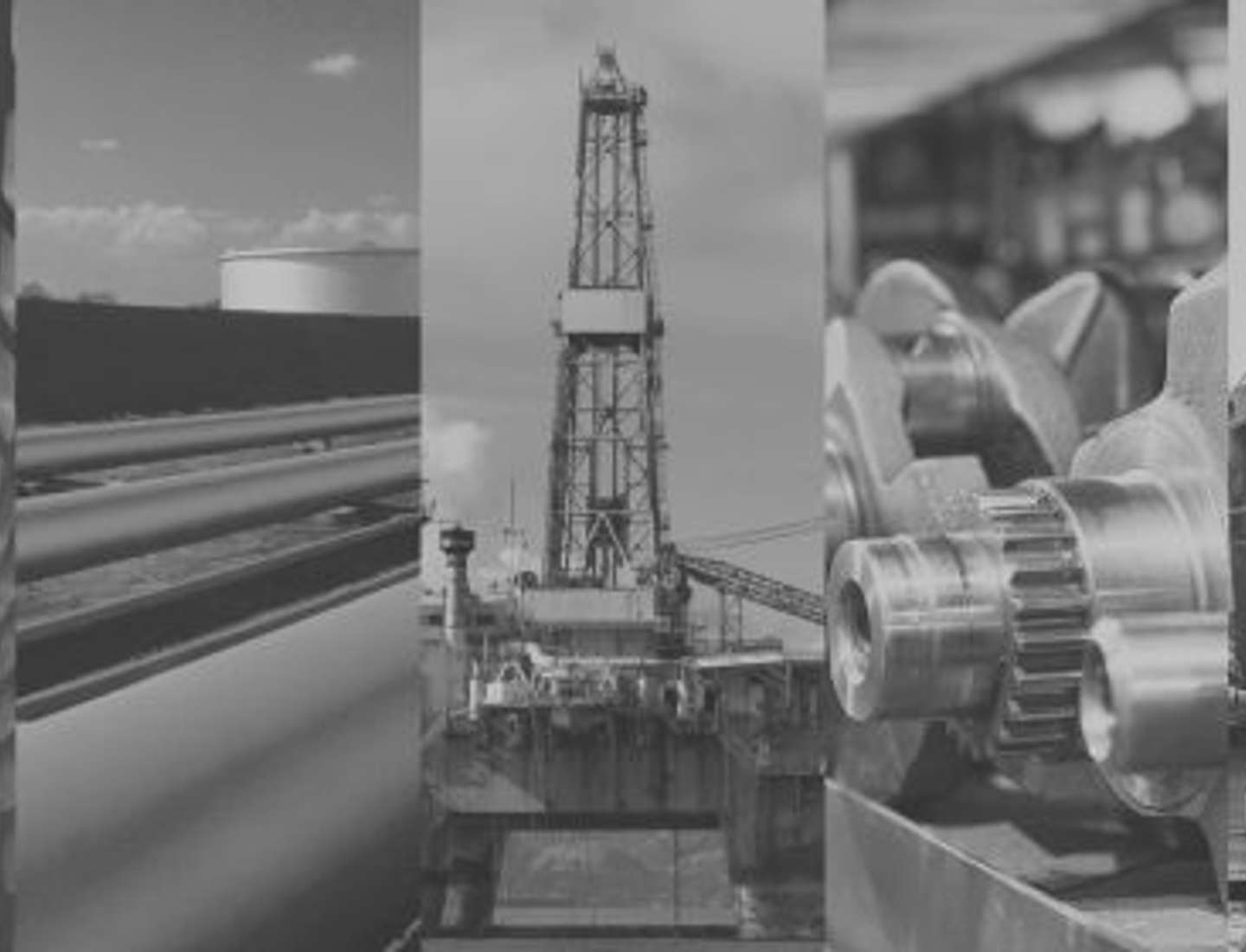
Soudage manuel
How do standards challenge the European welding industry?
11 octobre 2016
The European welding industry is recreating itself. Our ambition is to transform the industry from 3D – dirty, dull, and dangerous – to 3C – cool, clean, and clever. We are entering an era of new buyer power, arising from redefined expectations for welding quality and documentation throughout the entire welding value chain.
Reetta Verho
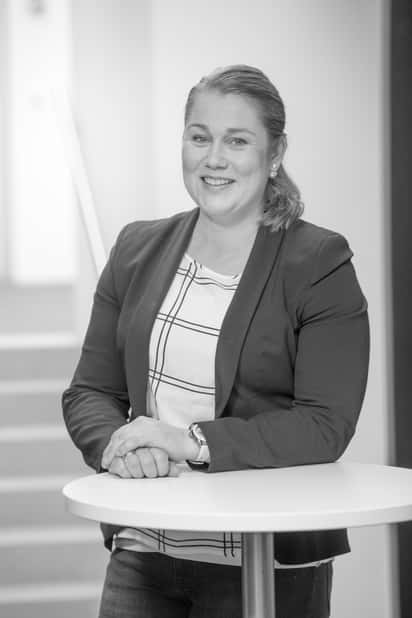
Reetta Verho
Reetta Verho
Manager, Welding Services at Kemppi Oy. International Welding Engineer (IWE) who is an active member in ISO standardization committees. Board member in The Welding Society of Finland. Passionate about welding quality and the development of welding production. Member of: K105 National mirror committee for welding, ISO/TC44/SC10 Quality management in the field of welding ISO/TC44/SC11 Qualification requirements for welding and allied processes personnel.
